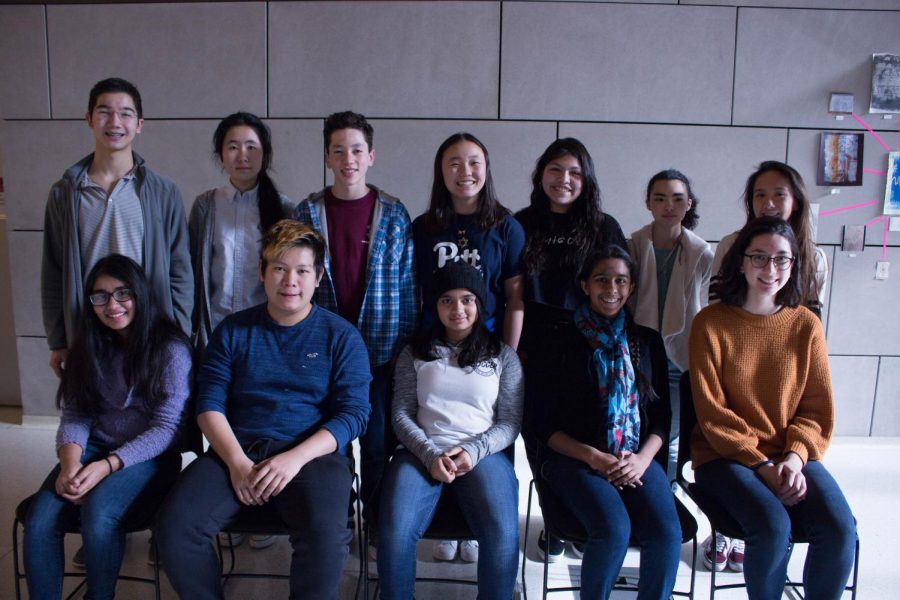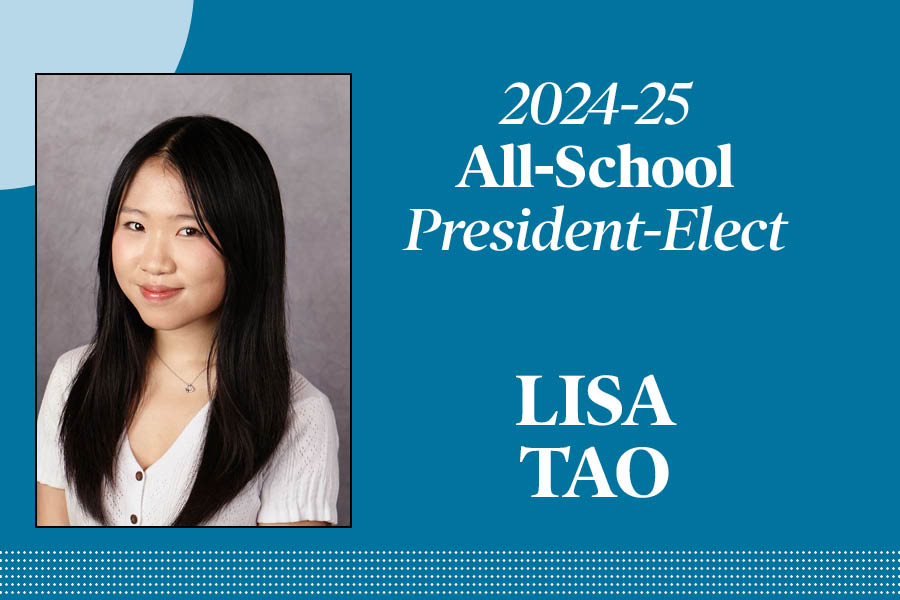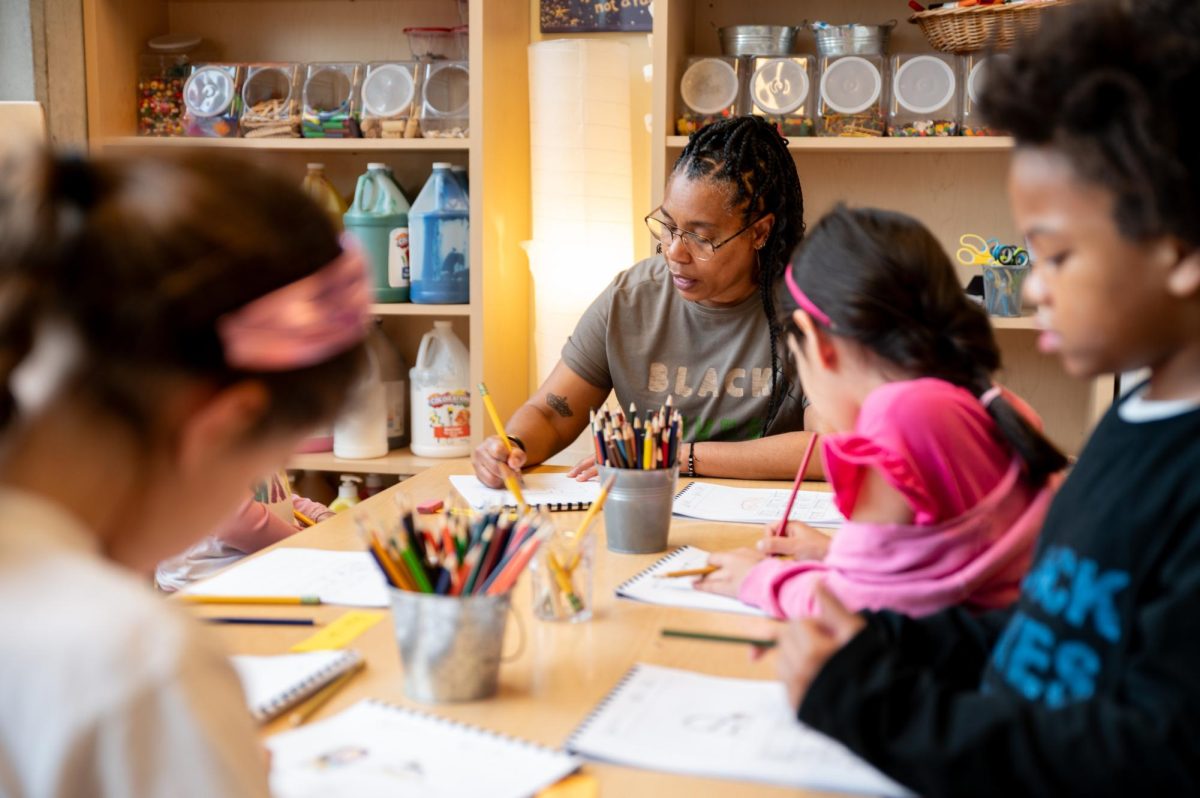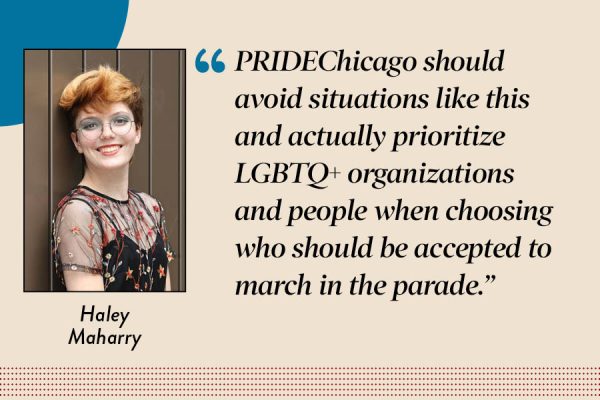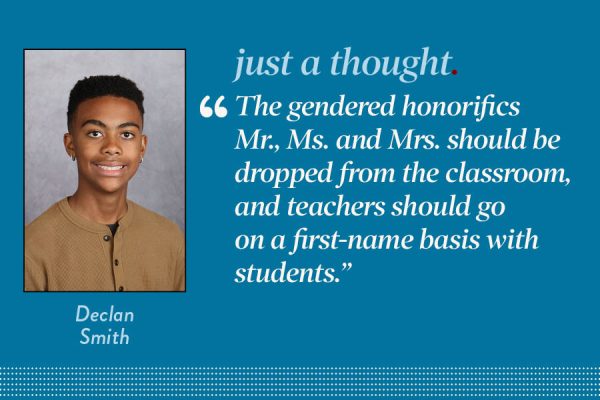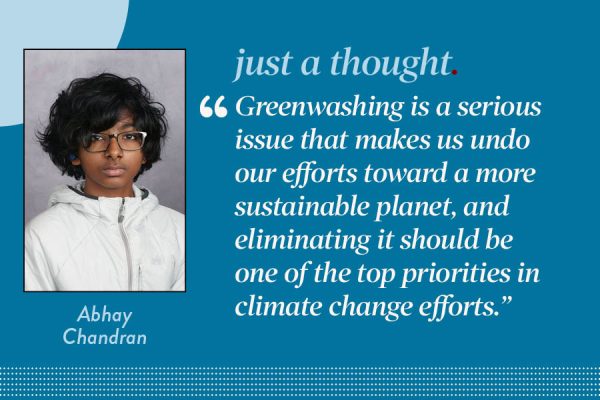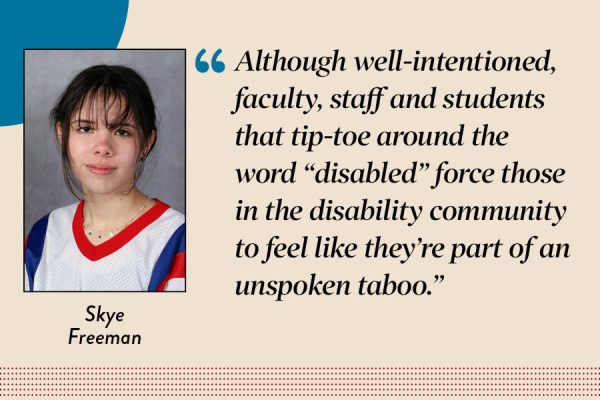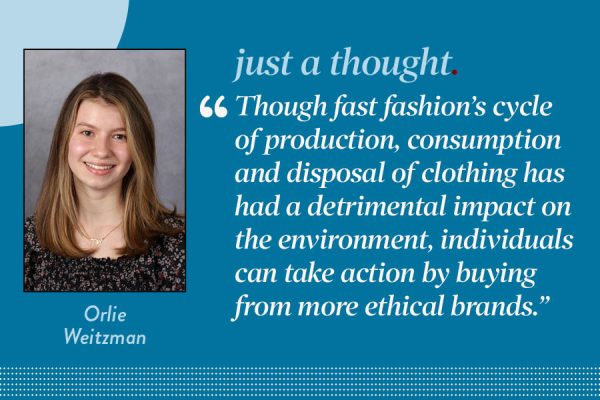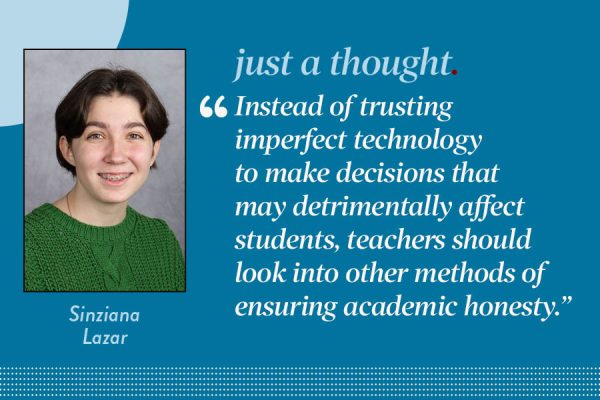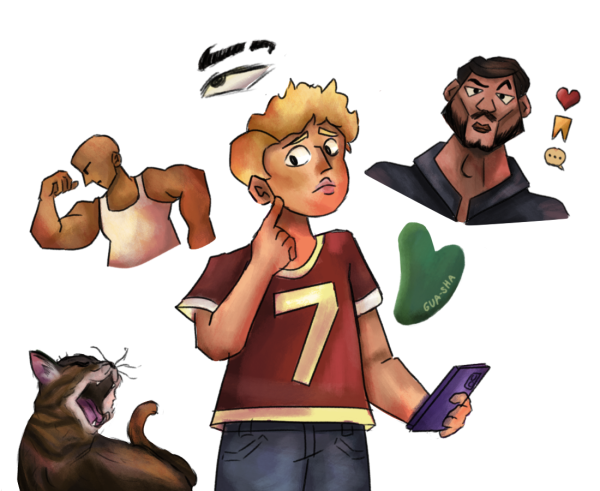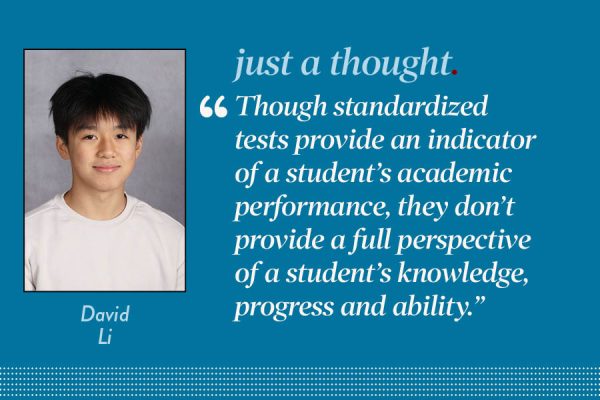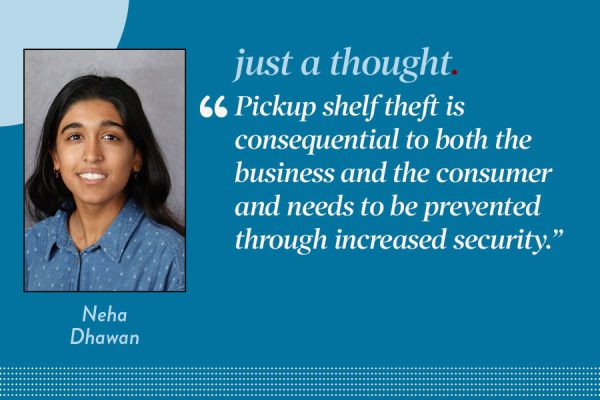Asian Students’ Association: What Dr. King’s dream means to Asian-Americans
January 21, 2019
56 years ago, Dr. King preached about the equal opportunity to live the American Dream. For so many Asian families, the Dream is what drew them to this country. They craved the acceptance, equality, freedom and stability that America seemed to offer. However, for eighty-three long years, we were barred from even entering this country by the Chinese Exclusion Act that was quickly expanded to include most other Asian ethnicities. We were not intended to live the dream nor reap the success along with other Americans.
When restrictions were lifted on immigration, we became “model minorities,” people who supposedly fulfilled the American Dream better than other minorities. Even though these restrictions were lifted, Asians being allowed to live the dream was less a gesture of acceptance and more of an act to use us as a political tool to denigrate black and Hispanic communities. Asian-Americans have made great progress towards the acceptance, equality, freedom, and stability our families chased. But our stories are so much more than the model minority myth that has been placed on us. Asian-Americans have made great progress towards the acceptance, equality, freedom, and stability our families chased. But our stories are so much more than the model minority myth that has been placed on us.
Asian-Americans have fought to tell their own stories in popular culture. 2018 was a year of unprecedented representation, in movies like “Crazy Rich Asians,” “Searching” and “To All The Boys I’ve Loved Before.” In 2019, Sandra Oh hosted the Golden Globes as the first Asian woman to host a major American awards show. But the problems of whitewashing in movies like “Ghost in the Shell” and “Dr. Strange,” as well as the tokenism in series like “Fantastic Beasts and Where to Find Them” proves that we still need to fight to make sure our identities and stories are represented and respected on screen.
In Illinois, we’re represented by Asian politicians such as Tammy Duckworth and Raja Krishnamoorthy. But due to the unwillingness by political campaigns to cross language barriers and engage Asian-American voters, voter turnout among Asians was just 35% in 2014, lower than rates of both white and black voters.
The crux of the model minority myth is the false and damaging stereotype that Asians are smarter and more hardworking than other minorities and have been able to rise out of poverty because of it. The educational and financial achievements of some have blinded Americans to the poverty of many others. In New York City, more than a quarter of Asian Americans live in poverty, which is the highest poverty rate of any ethnic group in the city. Despite this, they receive only a 0.9% of the city’s resources for social service programs.
Are we living the Dream? When it’s useful, the stereotypes and the model minority myth say we are experiencing all that the Dream promises. But we cannot ignore the stories and lives of those who are less accepted, less equal, and less free.



